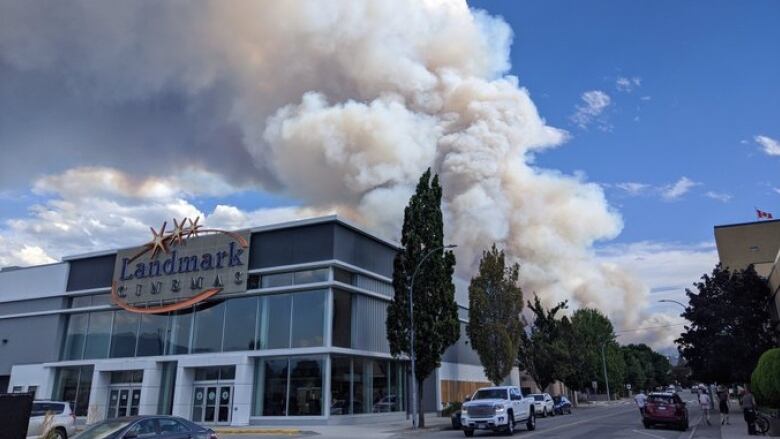Wildfire service outlook points to rising fire risk for southern B.C.
Spring was significantly drier than usual for many southern areas of the province

Rainfall in the next three weeks is crucial if British Columbia hopes to avoid a devastating wildfire season but the latest outlook from the B.C. Wildfire Service offers little optimism.
The service says rainfall and temperatures were near normal across the northern half of the province in May, but the same period was significantly drier than average throughout southern B.C.
Warmer and drier conditions are expected to persist in June across most of the south, while the wildfire service outlook says there's no clear trend for the rest of the province.
The current wildfire danger rating shows most of the province at a "very low"or "low"risk, meaning wildfires can start but are unlikely to grow.
But the outlook says:
- Kelowna and Vernon just set records for the least amount of spring rainfall;
- Kamloops saw its second-driest spring in more than a century;
- Many southern communities received less than 40 per cent of expected precipitation.
Nearly 300 wildfires have been sparked across the province since April 1, which is higher than normal, and the wildfire service says If the conditions remain the same, southern B.C. can expect an above-average fire season.
"If the current weather trends continue, we can expect both the frequency and size of fires to increase as grass and other fine fuels start to 'cure'or dry out,"the outlook says.
With the unseasonably dry conditions, the BC Wildfire Service is encouraging members of the public to exercise caution with any campfires and outdoor burning. For more information, visit: https://t.co/UUDri1WZ3J
—@BCGovFireInfoLightning strikes increase in July, raising the potential for natural fire starts, says the forest service especially in areas where the highest fire hazard already exists, such as the Okanagan and the southeastern corner and eastern side of the Rocky Mountains.
Meanwhile, the B.C. Wildfire Service will ban Categories2 and 3open fires defined as two or more piles burning simultaneously and notexceeding twometres in height and threemetres in width across southeastern and south centralB.C.starting Friday at noon.
The agency's provincial wildfire information officer Erika Berg says there's no need yet for a campfire ban.
"But if things continue to dry out, then we'll certainly be putting that in place," she said Wednesday to Chris Walker, the host of CBCs's Daybreak South.
Tap the link below to hearErika Berg's interview on Daybreak South:
With files from Daybreak South












_(720p).jpg)


 OFFICIAL HD MUSIC VIDEO.jpg)
.jpg)



























































































